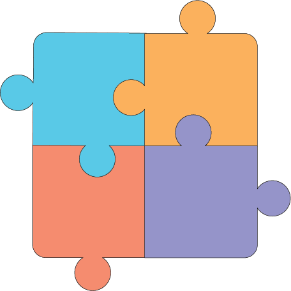
Often the issues young people care most about are not siloed within a single sector. For example, the root causes of health inequity may be ineffective health systems and services, lack of accessible transportation, or heavy pollution, all of which are impacted by, or in some cases, regulated by governance. Youth-focused cross-sectoral programs help young people identify the linkages between DRG and other sectors.
Examples of opportunities that can be included in DRG programs that provide space for young people to develop solutions to issues in other sectors include:
- Provide opportunities for small grant funding. Small grant funding can be an opportunity for young implementers to work with, as well as reach out to, youth and adult stakeholders across sectors. The funding mechanism should be designed to have a flexible scope of work so applicants can include innovative techniques to engage with stakeholders outside of traditional civil society and political spheres.
- Include a range of topics to focus on that span sectors within youth programs. When designing activities, consider including a diverse set of topics for participants to analyze through both a cross-sector and DRG lens.

CEPPS/IFES “Democracy: From Theory to Practice” course in Ukraine has been implemented across 39 different institutions and includes students from diverse educational backgrounds and disciplines. Students’ unique experiences and perspectives not only enrich classroom discussion but are also reflected in students’ action projects, in which they design and implement initiatives that address different community issues. Project topics range from the environment to animal rights to voter education, and all increase student civic engagement around issues they care about and mobilize community actors to support their efforts.
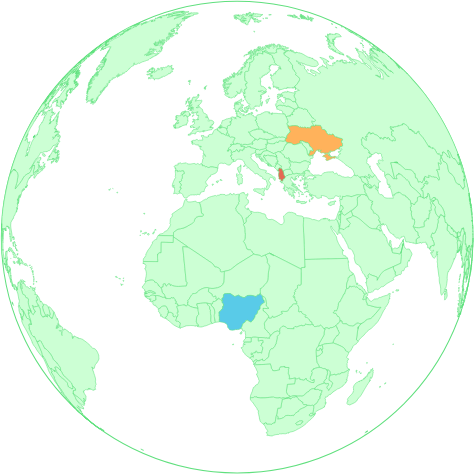
EDYN members have the opportunity to apply for funding through the Membership Engagement Fund (MEF) small grants mechanism. Using a MEF grant, EDYN’s Albania chapter’s “Youth in Europe” debate program was able to pique the interests of debaters and debate-watchers with diverse, cross-sectoral interests by including a wide range of topics related to the different sectors like the media, the economy, and technology.
Youth civil society partners in Nigeria collaborated with stakeholders around a diverse set of issues, including education, health, agriculture, employment, entrepreneurship, peace and security, and poverty reduction. Their efforts included engaging different ministries, such as the Ministries of Health, Commerce and Industry, Budget and Planning, Education, and Agriculture.
Understanding What Young
People Care About
To be able to include elements in programming that develop solutions to issues young people care about, you first need to understand what those issues are. There are numerous ways to better understand the issues young people care about. However, the cross-cutting element in all such methodologies is to intentionally seek and innovate new ways to engage youth in a way that meets them where they are. In doing so, it is essential to avoid tokenism, which is the superficial – albeit sometimes well-intentioned – involvement of young people in activities or assessments without empowering them as decision-makers.
Ways that young people have suggested to engage themselves and their peers to better understand youth priorities include:

Reaching a few people…
Ask young people to participate in a storytelling exercise so you have a better understanding of what shaped their perspective actions. Appreciative inquiry methods are a way to do this.
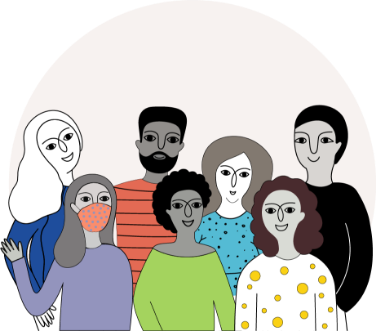
Reaching more people…
Facilitate focus group discussions with young people from different backgrounds. Focus groups allow participants to build on other people’s ideas and feedback.
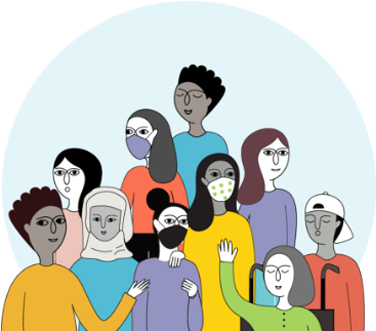
And reaching a lot of people.
Leveraging social media, for example using polling features on Facebook, can be a useful tool to get a topline perspective on what young people care about.
Whatever method you choose, it is important to remember that young people face different problems and have unique needs depending on who they are, where they are in the world, or even their situation within a particular community. For example, not everyone has access to a stable internet connection and therefore using social media or hosting a virtual focus group to listen to young people in hard-to-access locations may not be the most effective mechanism for collecting feedback. Thinking through solutions to reach diverse members of your target audience will benefit your programs. For example, related to concerns about a stable internet connection in advanced and emerging economies alike, young people are quickly adopting the use of smartphones. Therefore, you could consider using SMS technology to reach your target audience instead of a higher bandwidth option.
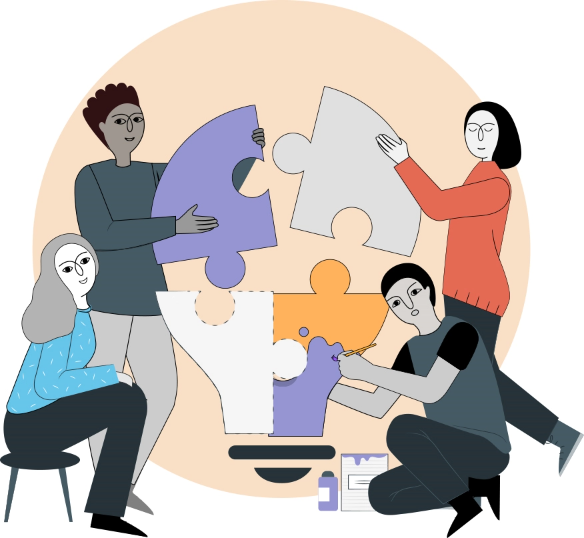
Find Out More:
About Reaching and Communicating with your Target Audience
Story Guide: Building Bridges Using Narrative Techniques
Swiss Agency for Develop and Cooperation (SDC)

How to Design an SMS Outreach Strategy in Youth Employment Programs
Solutions for Youth Employment


